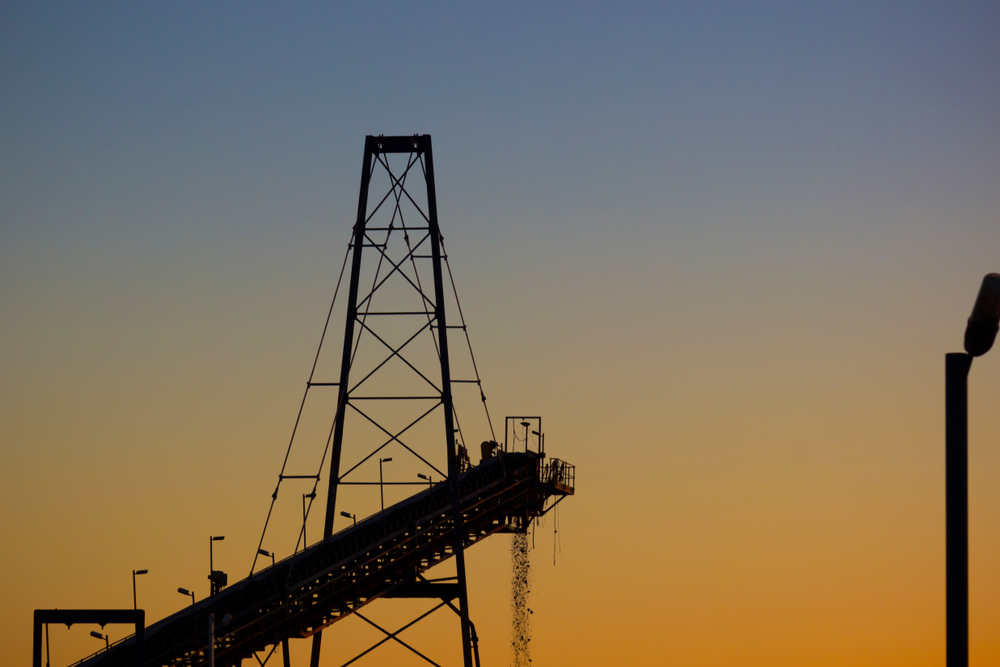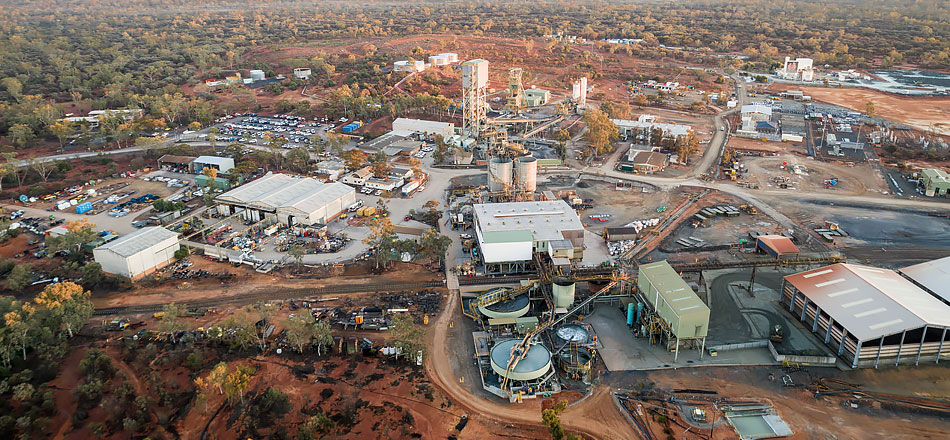
Swiss multinational commodity trading and mining company Glencore is currently seeking approval for the company’s CTSCo Project, which involves the injection testing of up to 330,000 tonnes of carbon dioxide into a high-flouride, bracking water aquifer at depths of 2.3 kilometres in the Surat Basin over a three-year period.
The Surat Basin forms part of the Great Artesian Basin (GAB), which is regarded as Australia’s largest underground water supply.
The GAB is an underground water formation which spans a fifth of the nation’s area and is worth $13 billion to the national economy.
The project could result in coal waste entering into the Precipice Sandstone aquifer from which local farmers and towns source water.
Local farmers, Farmers For Climate Action, the Queensland Farmers Federation and Queensland farmer group AgForce have opposed the proposal, while the Murweh Shire Council Mayor claims the GAB should be given the same protections as the Great Barrier Reef.
Farmers rely the water from the GAB for their farms and fear the waste from Glencores’ mining projects, associated with the carbon dioxide, could result in issues with pollution.
According to a study completed by Penn State University, carbon stored underground could also find multiple ways to escape and seep back into the atmosphere, and its surroundings, due to chemical reactions that take place between the carbon dioxide, rocks, water in the pores and even the cement from abandoned wells.
In response to concerns regarding the project, Glencore has released a statement which reads: “The impacts on the Precipice aquifer are minor and local.
“We understand the importance of water access and management to the agricultural community and it’s important to state that there are no impacts predicted to current or potential groundwater users of the GAB.
“This view is shared by the Australian Government Independent Expert Scientific Committee (IESC).
“Our EIS details a range of comprehensive monitoring and verification management measures to ensure the injected (food grade) carbon dioxide does not impact any existing or potential GAB water users.”
The project has been reviewed by the IESC, Office of Groundwater Impact Assessment (OGIA) and CSIRO as part of the EIS process.












